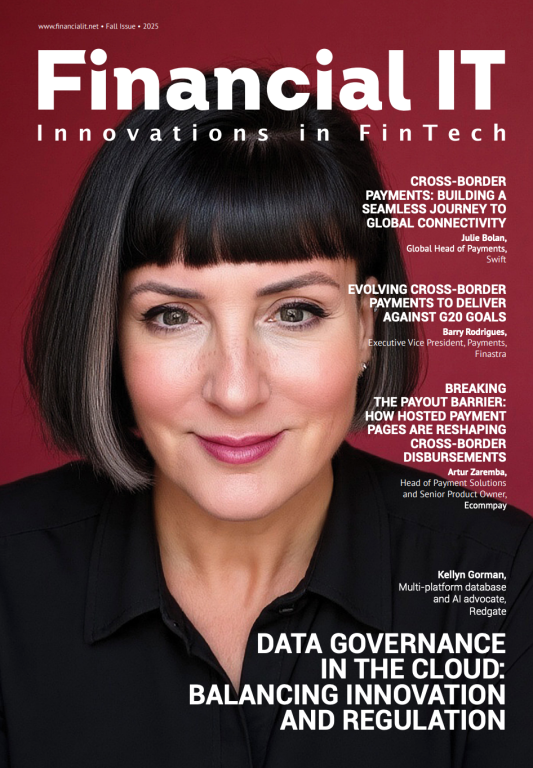Don’t get left behind in today’s evolving payments landscape

- Valli Ardalan, Vice President Business Development at Earthport
- 15.05.2019 02:15 pm payments landscape
Don’t get left behind in today’s evolving payments landscape
The world is getting smaller, and technology is enabling us to interact across great distances like never before. Globalisation has given unprecedented access to goods and services online, breaking down borders between countries and currencies. Consumers know what they want, and they want it now, and the smooth facilitation of payments is key to making this possible. Business processes have had to adapt quickly and get the right tech in place to retain position in the face of these demanding consumer expectations, whilst also keeping pace with ever evolving technological advances. This demand has seen the emergence of new payments providers, new technological advances and forced the transformation of today’s incumbents. Whilst it is tempting to see everything as disruption, we must not forget much of this is also natural evolution.
Disrupting the status quo
New and existing FinTech companies, incumbent institutions and technology companies outside of finance are all vying for a piece of the action, eager to disrupt the status quo. Some are taking advantage of the digital revolution, particularly as the concept of Open Banking picks up traction, moving into more complex financial products such as deposits, while using FinTech platforms as the middle man. Companies outside of Financial Services are keen to seize market share of a lucrative industry focused on user experience and not only reducing costs but actually creating new revenue streams altogether. The announcement of the Apple Card was seen as big news, and yet hardly surprising. The trust in the Apple brand provides familiarity and convenience for an enormous audience, with their technology a comfortable fit for users, this suggests rapid adoption is not out of the question. This too will benefit FinTech as a whole and seems likely to be the first of many other non-traditional finance businesses entering the race.
Consumers lead the way
Consumer habits globally have dramatically changed and demands have increased considerably, which businesses can’t afford to overlook. Over 50%[1] of consumers today prefer to do their shopping online, resulting in a 30% growth of e-commerce in the space of four years. When it comes to payments, customers expect fast, transparent and tailored experiences across every purchasing journey. The use of QR codes and facial recognition at the point of sale by Alipay in China demonstrates a step change in consumer experience, whilst in the west a focus on speed, security and privacy has seen blockchain take centre stage for a number of use cases, though it has yet to see meaningful adoption in regard to money movement globally.
Mobile wallets continue to embed themselves in society with over 50% [2]of commuters in London using contactless to pay for their daily journeys. With this valuable information, Citymapper has launched an alternative daily travel card, competing on price with the incumbent Oyster and contactless bank cards, and making the most of the existing mobile payment technology for their own slice of the convenient payments pie, and undoubtedly not the last.
Convenience is the currency of today
People are leading increasingly busier lives, trying to cram in more and more day-to-day. Consequently, customer behaviour has changed and as such businesses must adapt or be left behind. This has been particularly true for the banking sector, where there has been closure of a large number of high street banking branches in the UK as a result of challengers using apps, simple messaging and real time push notifications as well as contactless capabilities to engage their customers. This consciously puts the customer experience first, a must to remain competitive in the face of new FinTech players.
While B2C payment tech races ahead, the B2B payments industry takes a more cautious approach. I cannot stress enough how important it is for B2B businesses dealing with ecommerce and cross-border payments to contemplate the expectations of a seamless payment process, and to consider the end user of their product whether it be an individual or on behalf of a business. Experience is always king, and this will continue to separate those businesses who have a customer-focussed model – whether it be allowing people to manage their daily spending from an app, or a business demanding faster more efficient payments on behalf of their clients, to retain a market lead.
The key lesson to take from the current payments environment is the clear need for payments businesses, whether B2C or B2B to focus on a seamless, secure and fast service to maintain a competitive edge and in turn, protect revenue.



















